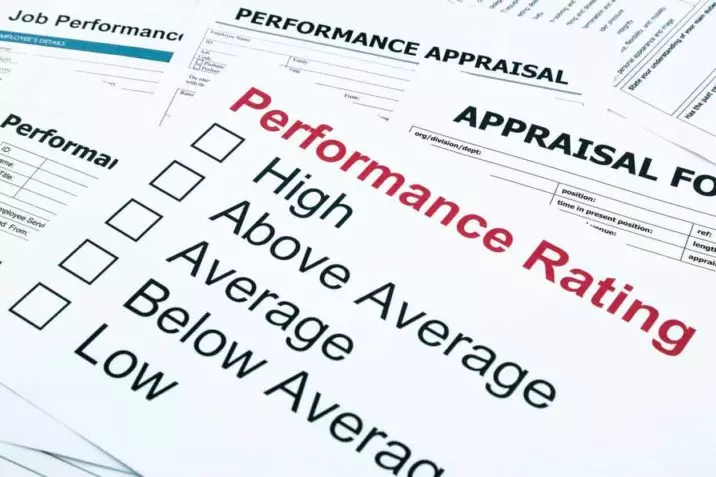When choosing between performance 360 appraisal review software, determining the best 180 feedback software for you and your company can get confusing. Often, there is uncertainty between a 180-degree appraisal and a 360-degree appraisal. We will explore the key differences between the two types of performance appraisals so that you can answer with confidence the next time you’re asked what the difference is.
180 Feedback Difference #1:
A 180-degree report would usually only be taken by the employee’s direct manager and themselves. The employee would complete a self-evaluation form. The employee would then rate themselves and provide feedback on their performance. This process would be followed up with the employee meeting their manager to discuss the appraisal. This is considered a less holistic approach, as it involves fewer people.
Despite the employee having potential interaction and relationships with other colleagues and team members, the report is appraised only by their direct manager. While this may work in certain situations depending on the context, it’s considered a 180-degree approach because it does not fully encompass all that the employee does.

180 degree performance appraisal Difference #2:
360-degree performance reviews are considered a more holistic view of someone’s behavior at work, as they encompass feedback from a broader range of people. This type of feedback is excellent for measuring employee competence and behavior and obtaining input from other employees and organizations. A 360-degree survey would be taken by people that can observe the employee from different perspectives. This would include the employee’s direct manager, direct reports, peers, self-rating through self-appraisal, other colleagues who work with the employee, and lastly, subordinates or customers/clients.
As you can note, the difference between the two is quite significant regarding who is evaluating the employee and what kind of feedback is being given. An all-encompassing, holistic approach provides much more in-depth detail and can be all the difference between how your employee performs in the future. Giving feedback from all areas of their working life can give them a macro perspective on their performance. Specific examples and general ones can be provided in this type of performance review, and your employee, as well as you as their boss, can quickly pinpoint areas where improvement is required and areas in which they are excelling.

Which 180 degree Performance Appraisal Approach is Right for You?
Determining what works best for you and your company is a subjective thing. Things to consider when choosing which way to go are the size of your team, the interaction your employee has with others, how their work coincides with other team members, and how much depth you are looking to receive when discussing your employee’s performance review. The more detailed a report you need, the more it makes sense to go for the 360 approaches. Not only will this be helpful when discussing the employee’s review with them, but it will help you get a clearer idea of their performance and behaviors in different settings. Providing specific examples of their excellent work and work that needs improvement is a great way to show them performing. One of how you can obtain that type of data is through a 360 approach. For those who have employees who work more independently, a 180 approach is probably the wisest way forward.
Often, people can’t recall the difference between these two performance appraisal systems. This guide is an overview of all that you need to know to choose the best system that works for you.



